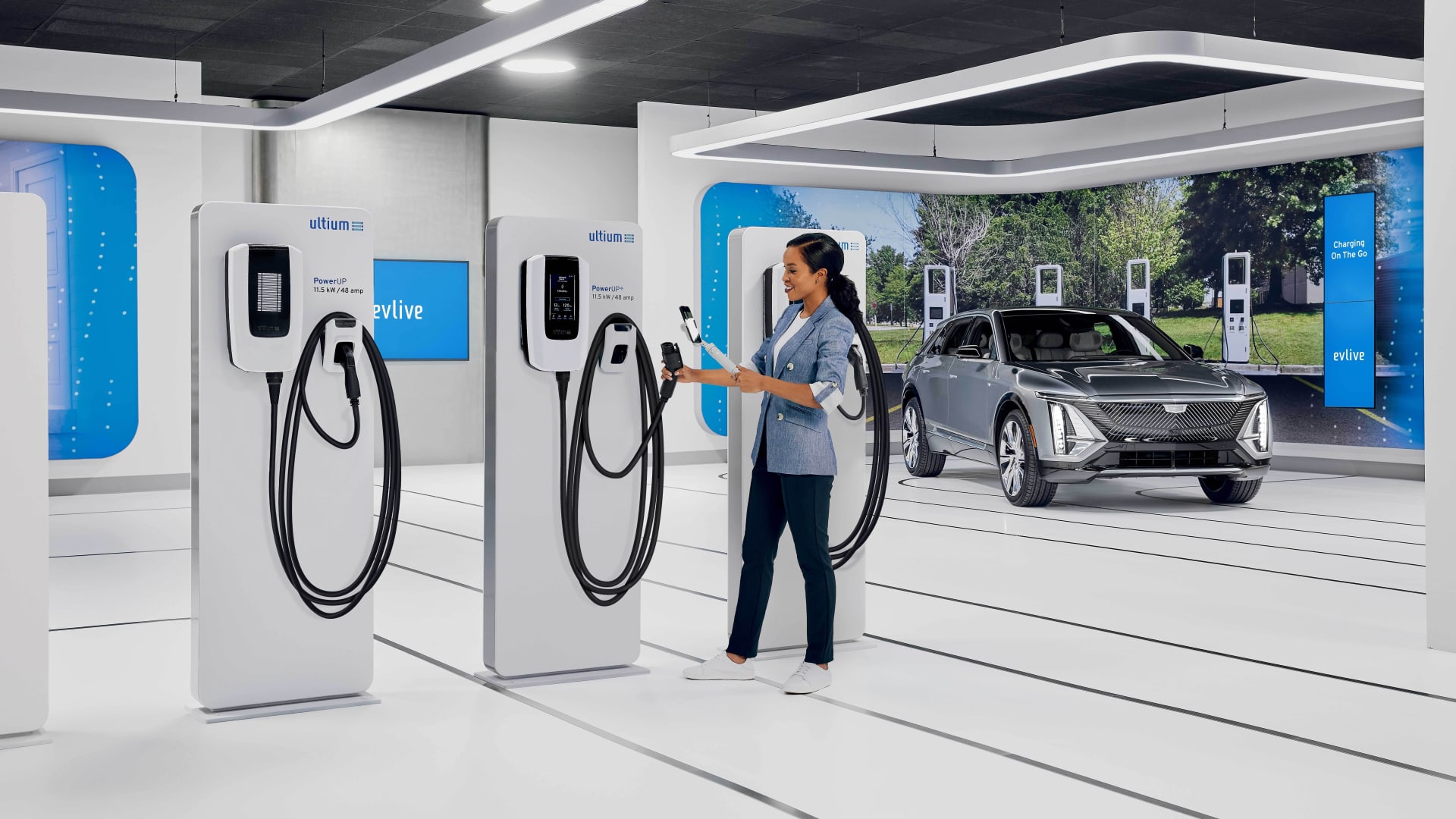
The electric vehicle (EV) industry is currently experiencing a period of uncertainty, with major players such as Tesla, General Motors, Ford, and Mercedes-Benz reporting uneven consumer demand. According to recent reports from Bank of America and BloombergNEF, the EV penetration rate in the US is predicted to inch higher from 2024 to 2027 but may not start accelerating until after 2027. One reason for this slow adoption is the high cost of electric vehicles compared to traditional internal combustion engine (ICE) vehicles. Only 3% of EVs in the US are priced at less than $37,000, while more than half of gas-powered or hybrid vehicles fall into this price range. Manufacturers are unlikely to achieve ICE-comparable costs on EVs until 2028 (Bank of America).
Despite these challenges, the EV industry is not standing still. Companies like Tesla and BYD are vertically integrating their supply chains to gain a competitive edge, while startups like Fisker and Rivian are receiving support from deep-pocketed investors such as Amazon subsidiary Zoox and autonomous trucking company Aurora. Established automakers also have an advantage due to their ability to ride out the current demand slowdown by shifting production towards hybrid vehicles (BofA).
The impending consolidation within the EV industry is a familiar theme for the auto industry, with historical examples such as the Big Three of General Motors, Ford, and Chrysler. However, policy uncertainty in countries like the US compared to China's unidirectional government poses a degree of risk for US EV companies (BofA).
Despite these challenges, there are reasons for optimism. The economics of both making and buying EVs have improved significantly as the industry has scaled up. Lithium-ion battery pack costs have plummeted from $1,400 per kilowatt-hour in 2010 to $139 in 2023 (RMI). Automakers themselves are aggressively moving forward to stay competitive, with the roughly $35,000 Kia EV3 expected to come to the US market in 2026. The roughly $7,500 federal tax credit for EV purchases also provides an incentive for consumers.
In conclusion, while the electric vehicle industry is facing challenges, there are reasons for optimism. With improvements in battery technology and economies of scale, EVs are becoming more affordable and accessible to a wider audience. The impending consolidation within the industry may lead to stronger players emerging, while government support continues to play a crucial role in driving the transition towards electric vehicles.



